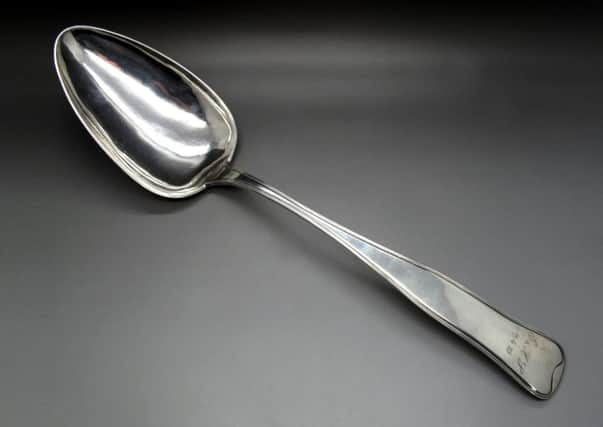Antiques column: Making dining much more enjoyable


The wealthy tended to do the same, but theirs were silver.
Later a knife was added, but spoons, especially silver ones, hammered from a single small ingot, have survived in much greater numbers.
With the exception of Apostle spoons, spoons were not made in sets until the end of the 17th century. Many were, however, given as presents on special occasions, which could account for why so many have survived today.
Advertisement
Hide AdAdvertisement
Hide AdWhen Charles II returned from exile in France in 1660, he brought with him the idea of setting a table for eating.
This was a wonderful idea which not only dispensed with the embarrassment of forgetting one’s spoon when visiting, but also made the whole dining experience much more enjoyable.
As with all good ideas though it took many years to catch on and it is unusual to find complete sets of cutlery that date much before the late 18th century.
Individual designs all have their own names. In Britain, the Trefid pattern gave way to the Dog Nose pattern circa 1702. Throughout the 18th century the Hanoverian pattern was followed by the Old English and finally the Fiddle pattern.
Advertisement
Hide AdAdvertisement
Hide AdThe 19th century started with the Kings pattern. These patterns and their variants are still produced today.
Collectors have great fun collecting full canteens by matching patterns and periods.
What is even more fun is to collect one maker.